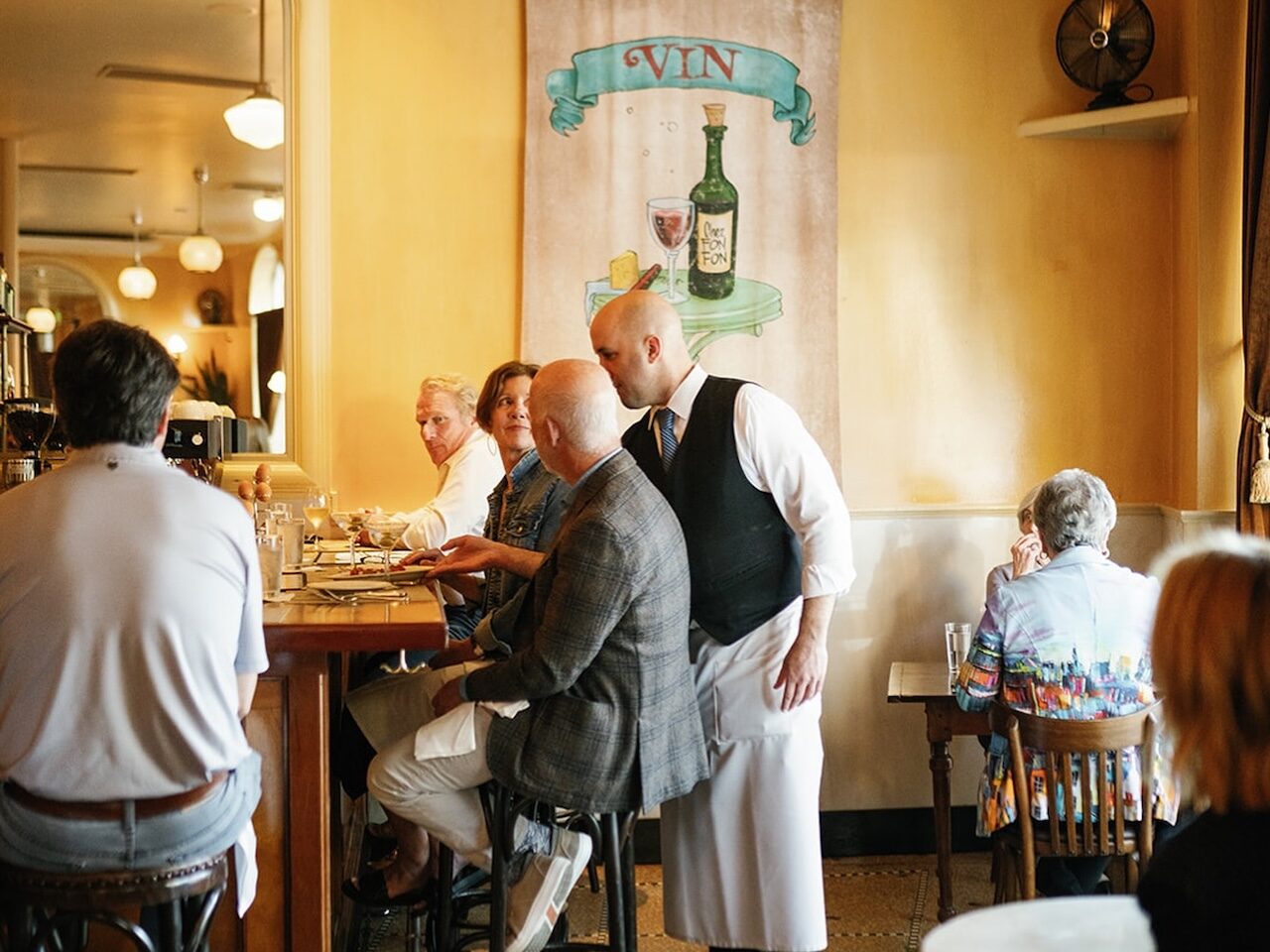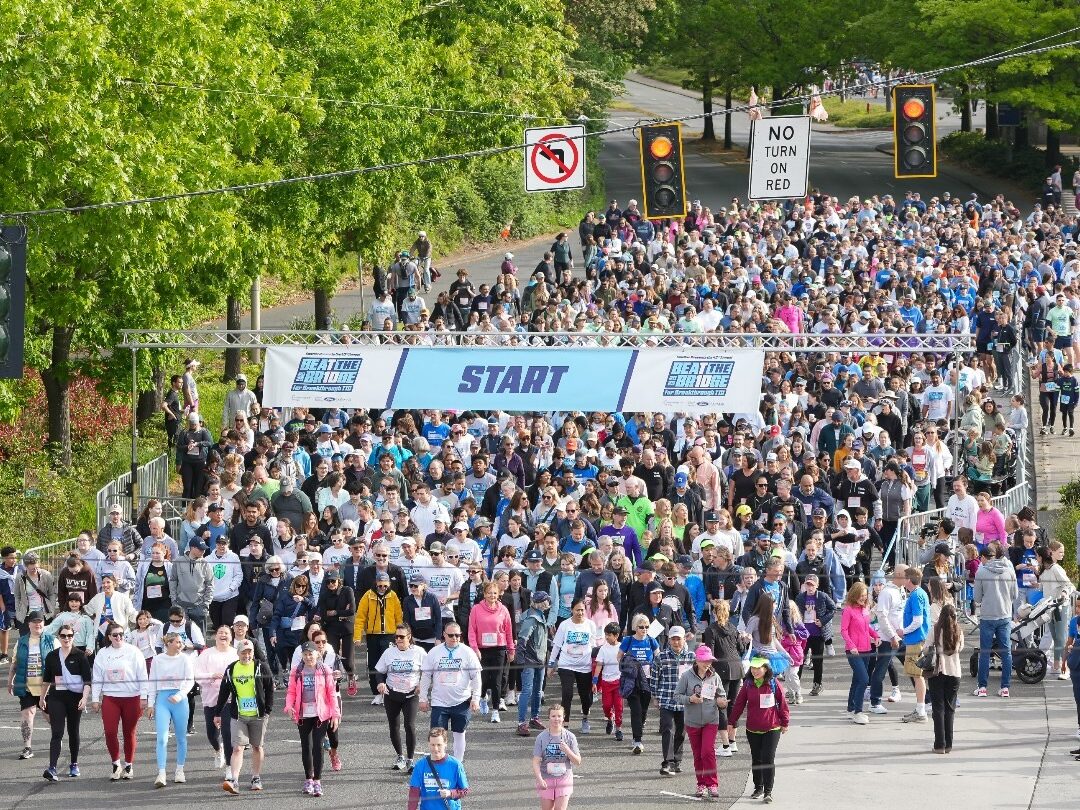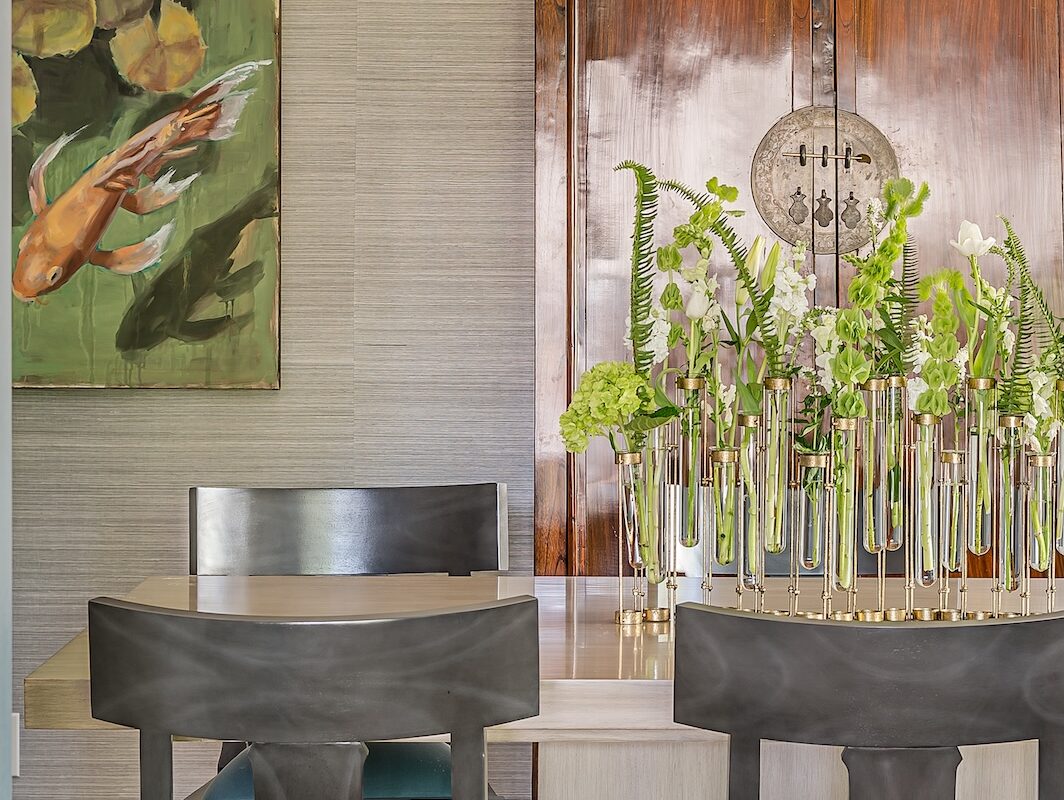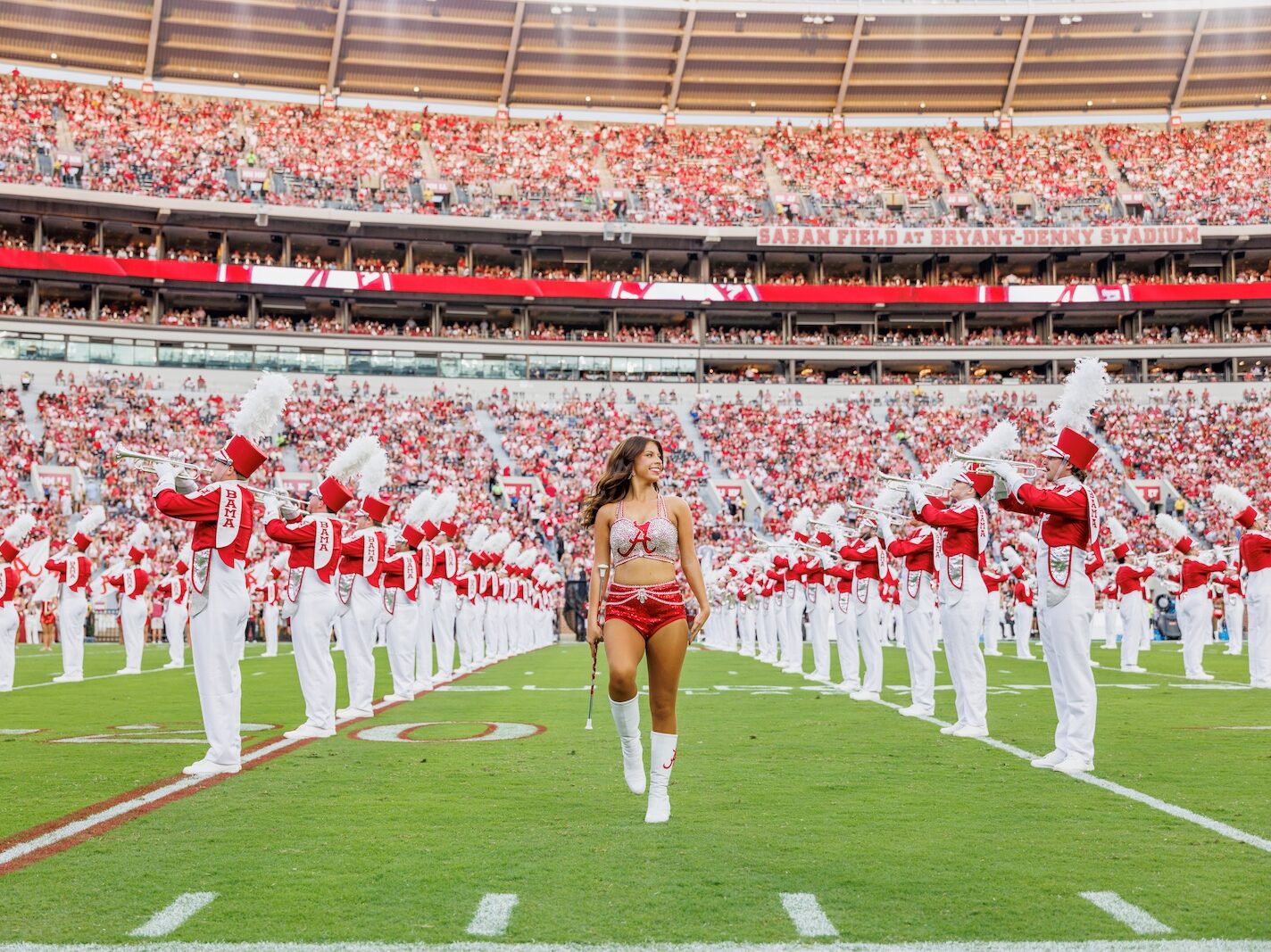Many Alabamians immediately think of springtime as the optimum gardening season—and yet, cooler weather gardening holds many untapped possibilities for home gardeners. Many may consider fall and winter as seasons to wind down—but according to many gardening experts, it could be the perfect season to dig in.
“Fall is the ideal time for planting in Alabama,” says Jason C. Powell, co-owner of Petals from the Past in Jemison, Alabama. “We consider the best time to begin fall planting in October and continue through December.”
What makes this the ideal season for gardening? Powell explains how Alabama’s mild temperatures and rainfall make for optimal growing conditions.
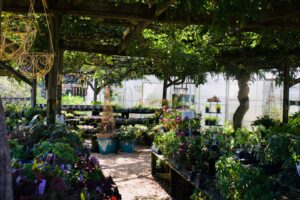
(Petals from the Past/Facebook)
“Our soil temperatures remain very warm through December, even as our air temperatures are cooling,” Powell says. “This allows the plants to concentrate on root growth rather than having to make both root growth and shoot growth. When you are planting during these months, you are essentially tucking the roots into a warm blanket and while the upper portion of the plant is going dormant, below the soil the roots are growing and getting established.”
The lower temperatures also mean fewer pests and pesky weeds. As the temperatures drop, many garden pests and invasive weeds become less active, making the cooler weather months a more manageable time to garden. This reduced pressure means your plants can grow without the constant threat of being overrun by insects or competing for nutrients.
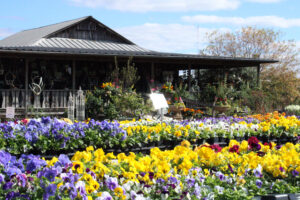
(Petals from the Past/Facebook)
Moisture is another essential component for gardening, and Powell notes that while October is often Alabama’s driest month, later months usually bring welcomed rainfall. “November is when our rainfall begins to occur more regularly and anything you have planted will enjoy rainfall to help it get established much better than hose water.” The combination of natural irrigation and cooler temperatures prevents soil from drying out too quickly, creating optimal conditions for seeds to germinate and plants to thrive.
So, what can Alabamians plant in the cooler weather? “There are so many possibilities for fall planting,” says Powell. “Consider roses, shrubs, trees, fruit plants, perennials, bulbs, and cool season annuals. The list goes on and includes everything that you might consider spring planting.”
Another idea—don’t toss those leaves. Consider turning them into compost for the spring. Create a compost pile and layer in green materials such as kitchen scraps to provide the necessary nitrogen.
Happy planting!

